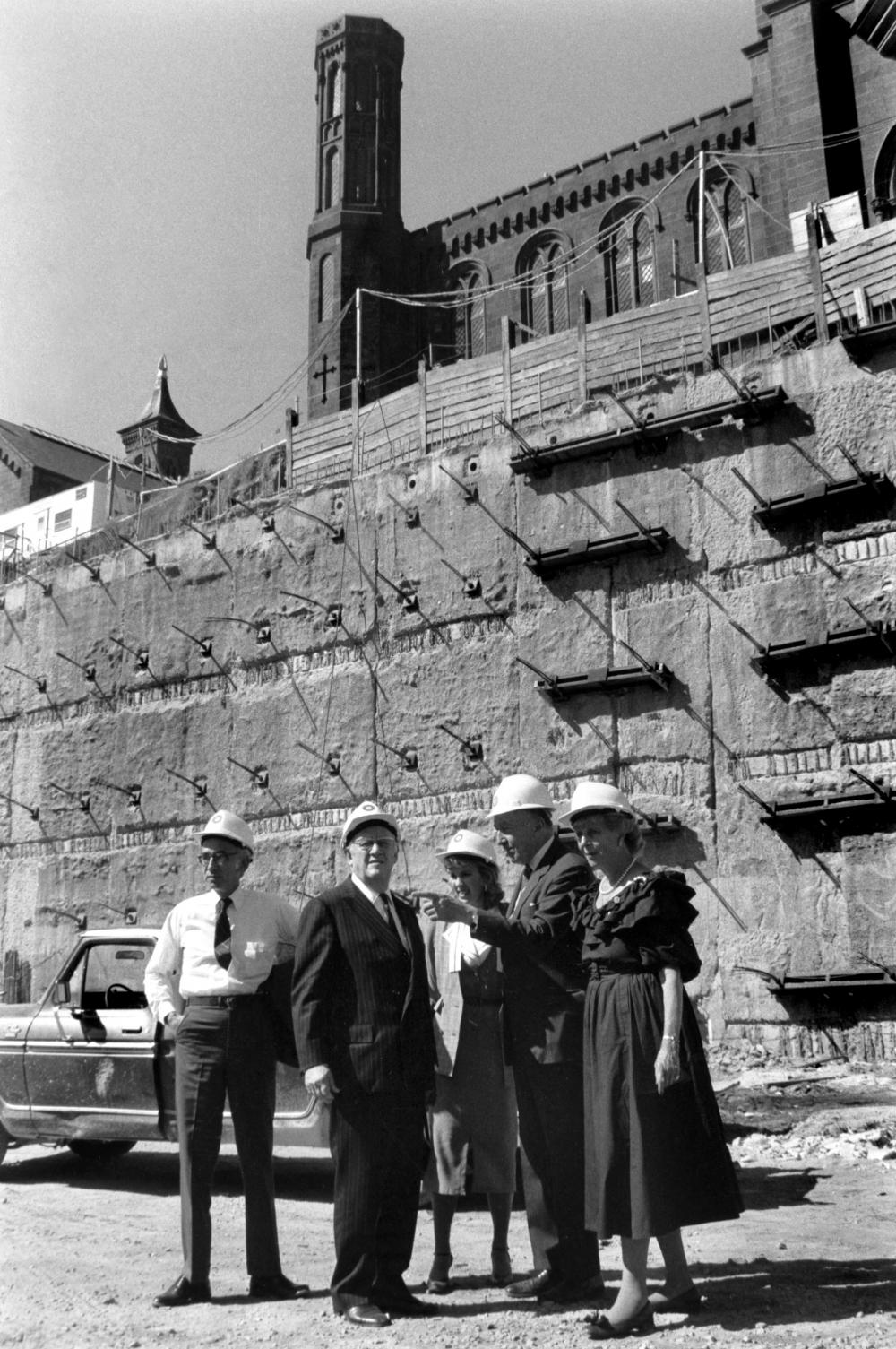The International History of the Smithsonian
The Smithsonian’s Office of Global Affairs (OGA) has been the central point for Institution-wide advice, insight, analysis, and coordination of all of its international activities since 1988. However, the Smithsonian has been involved in international projects since its inception and a Smithsonian office coordinating international activities in one form or another has existed under multiple names for over a century. The founder of the Smithsonian, James Smithson, was British and is quoted as saying, “The man of science has no country; the world is his country – all men his countrymen.” While an American institution, the Smithsonian has never limited itself to the United State geographical borders.

The mandate of the Smithsonian is to be an “establishment for the increase and diffusion of knowledge.” Working on all seven continents and in more than 140 countries, we are a truly global organization, uniquely positioned to collectively harness our worldwide networks, partnerships, and knowledge.
The Smithsonian’s Office of International Relations works to support the Institution’s mandate by linking the deep expertise of the Smithsonian’s body of researchers, curators, educators, and professionals with partners and colleagues around the planet. It is through our collections, deep research, and strategic partnerships that the Smithsonian can most effectively address our world’s increasingly complex challenges—and also stimulate truly meaningful, lasting impact across the globe.
Timeline
19th Century
July 1, 1836:
Congress authorized acceptance of the Smithson bequest. The Smithsonian Institution was established with funds from James Smithson (1765–1829), a British scientist who left his estate to the United States to found “at Washington, under the name of the Smithsonian Institution, an establishment for the increase and diffusion of knowledge.”
June 10, 1857:
United States Attorney General Jeremiah S. Black rules that the Smithsonian is the National Museum of the United States and that it can receive federal appropriations to care for the National Collections. These collections came from James Smithson’s bequest as well as from the U.S. Exploring Expedition (1838-1842) the first American circumnavigation of the world. The Expedition's collection added immeasurably to the Smithsonian's importance and prestige.
1867:
The International Exchange Program officially begins. The program was created to provide communication between scientific and literary societies through exchange of publications. Also, by publishing lists of correspondents, participating learned societies, and periodicals received, libraries were given valuable information to assist their collection building. In a pre-internet world this service was an information superhighway.

20th Century
July 16, 1945:
The Canal Zone Biological Area (CZBA) in Panama is given to the Smithsonian Institution administration by President Harry S. Truman. Originally the Barro Colorado Island Laboratory founded in 1923, this lab later becomes the Smithsonian Tropical Research Institute.
March 7, 1966:
The Office of International Activities is established with the goal to expand upon the usual activities of expeditions and research projects and develop an exchange of persons and programs of exhibits to benefit others. The office grew out of a combination of the Foreign currency program, the Fulbright Act, and an executive order.
1988:
The Office of International Relations (OIR) is established after Smithsonian administrators dissolve the Directorate of International Activities. They are tasked with fostering global research and education as well as handling the foreign currency program, employee travel, passports, visas, permits, shipping and customs issues.

21st Century
Now renamed the Office of Global Affairs (OGA), the office continues to grow and change alongside the Smithsonian. OGA remains the institution’s point of contact with foreign affairs agencies of the US, foreign embassies, and international organizations, and worked with the State Department to redesign their American Spaces Program, a network of more than 600 open-access cultural centers supported by the U.S. government. OGA continues to provide visa and passport services for Smithsonian staff members. Along with these responsibilities, OGA has supported the expansion of environmental conservation programs abroad through the Smithsonian Conservation Commons and supports cultural heritage preservation and international disaster recovery through the Smithsonian Cultural Rescue Initiative and projects like the My Armenia Program in partnership with the Smithsonian Center for Folklife and Cultural Heritage and USAID.
The Smithsonian Office of Global Affairs continues to leverage the creativity, assets, and expertise of the entire Smithsonian to promote meaningful change in the world and advance our mission: the increase and diffusion of knowledge.
